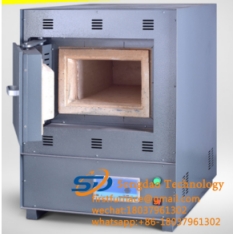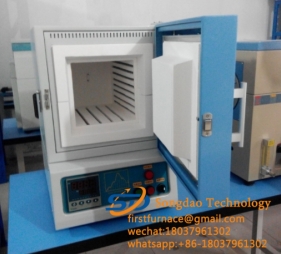- 04
- Jan
How to detect the lining thickness of a high-temperature electric furnace?
How to detect the lining thickness of a ng’anjo yamagetsi yotentha kwambiri?
1. Njira ya luso
Njira ya capacitance ikufanana ndi njira yotsutsa. Coaxial circular capacitor sensor imayikidwa mkati mwa ng’anjo yamoto, ndipo mtengo wa capacitance umagwirizana ndi kutalika kwake. The makulidwe a kuphulika ng’anjo zomangamanga angadziŵike ndi kuyeza capacitance mtengo.
2. Stress wave method
The stress wave signal is very sensitive to structural defects. When the stress wave propagates in the medium, such as holes, cracks and other interface discontinuities, reflection, refraction, scattering and mode conversion will occur. The thickness of the stave material can be determined.

3. Njira yotsutsa
The resistance element is embedded inside the furnace lining, the front of the sensor is aligned with the inner surface of the furnace lining, and it is connected to the measurement system through a lead wire. The resistance value of the resistance element is related to its length. As the resistance element and the furnace lining lose synchronously, the resistance will change. Use the corresponding measurement The meter measures the electrical signal output by the component, and then the remaining thickness of the furnace lining can be measured online.
4. Njira yodziwira kutentha kwa kutentha
Malingana ndi thermodynamics, kusiyana kwa kutentha, kutentha kwa matenthedwe ndi makulidwe a khoma la ng’anjo zimatsimikizira kutentha kwa kutentha. Kwa kuphulika kwa ng’anjo yamoto, kutentha kwa kutentha kumakhazikika, ndipo makulidwe a khoma la ng’anjo angapezeke kuchokera ku kusiyana kwa kutentha ndi kutentha kwa kutentha.
The heat flow detection sensor is installed in the lower temperature part of the furnace lining. The heat flow intensity is calculated by the water temperature difference of the cooling wall of the hearth, and the temperature value measured by the thermocouple in the brick lining is combined to calculate the thickness of the furnace wall.
5. Akupanga njira
The thickness measurement is carried out at the point where the ultrasound propagates in the solid medium. At a constant temperature, the ultrasound is incident on the furnace lining and enters the furnace. The propagation time of the incident and reflection of the ultrasound in the furnace lining is used to obtain the residual thickness of the furnace lining.

6. Multi-head thermocouple njira
Several thermocouples of different lengths are installed in a protective sleeve, and then they are installed in the brick lining that needs to be inspected, and the erosion of the masonry can be inferred by measuring the temperature change of each thermocouple. When the temperature of each point and the temperature gradient between each point are basically stable, when the brick lining is gradually eroded to a certain part, the galvanic couple in that part will be destroyed, and the temperature signal will be abnormal.
7. Njira yowonetsera chitsanzo
Amagwiritsa ntchito ma thermocouples monga zinthu zodziwira, amagwiritsa ntchito thermodynamics ndi malingaliro ena kuti akhazikitse chitsanzo cha masamu a malo otenthetsera moto ndi ng’anjo pansi pa kutentha, ndikuwerengera malo omwe ali pafupi ndi mzere wosungunuka wachitsulo chosungunuka ndi chingwe cha kukokoloka kwa njerwa za kaboni kupyolera mu mapulogalamu a mapulogalamu ndi kusanthula manambala.
